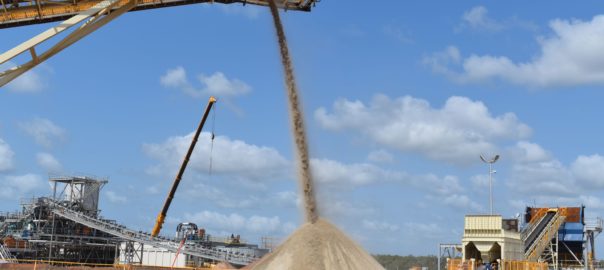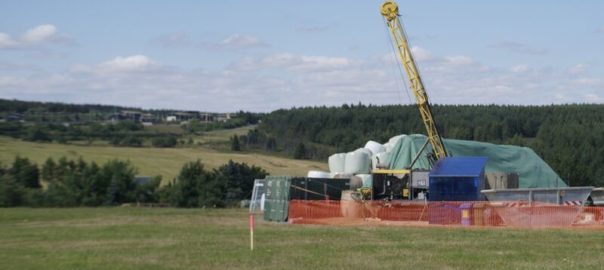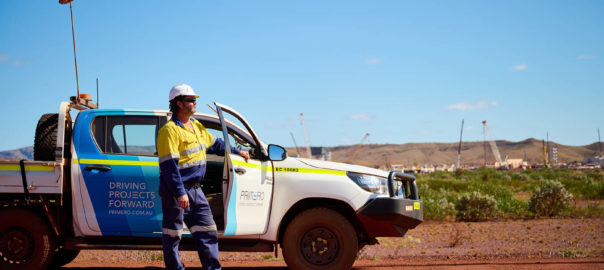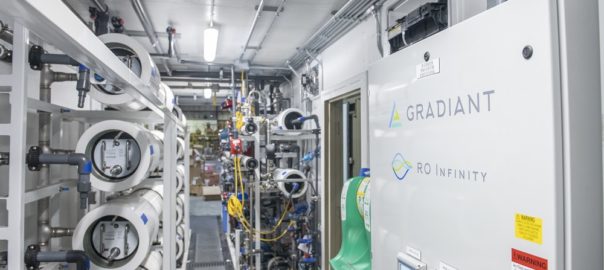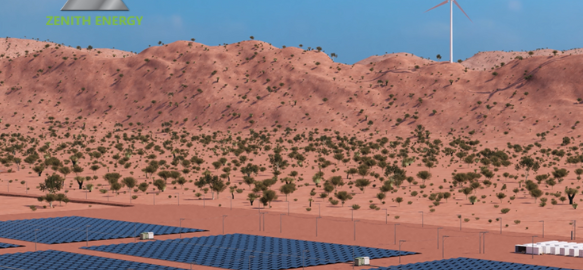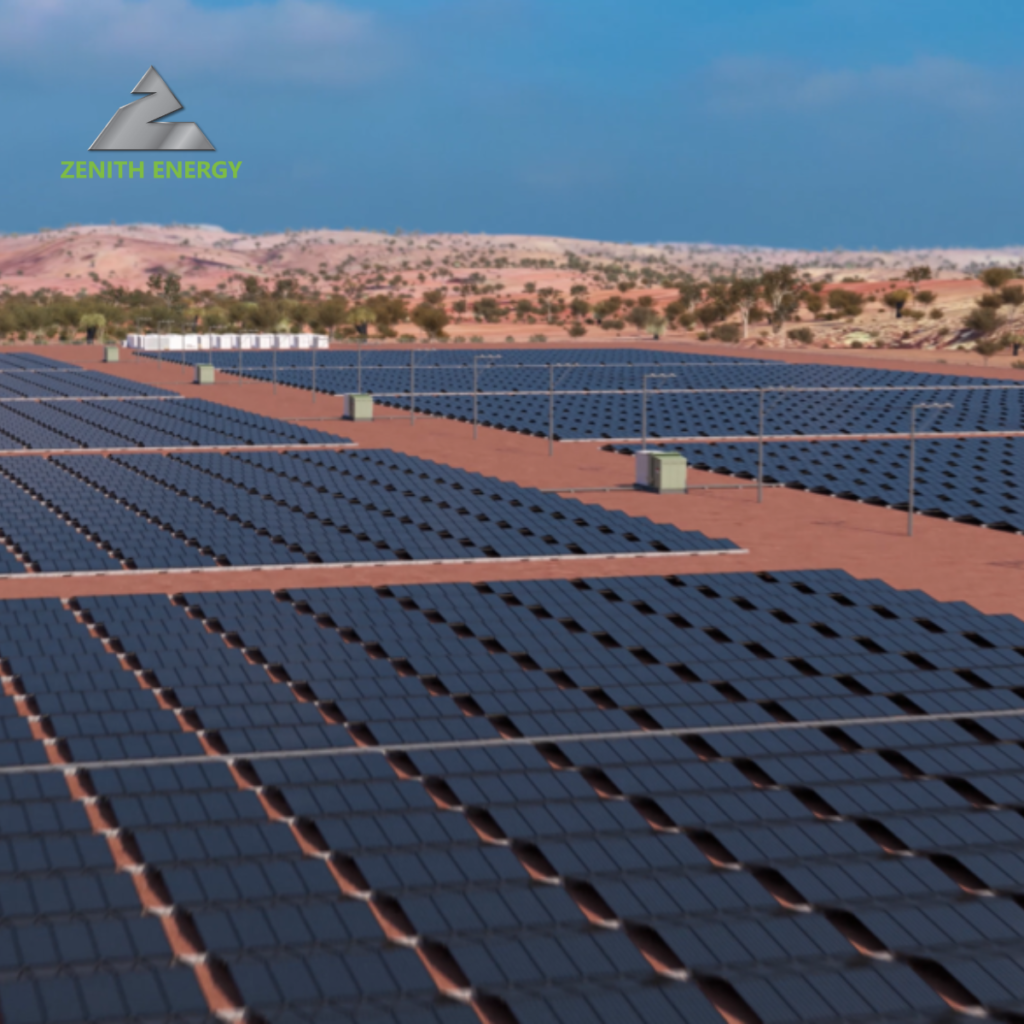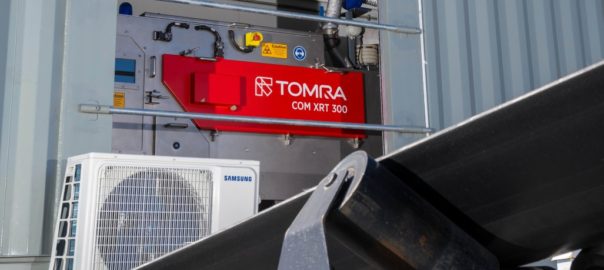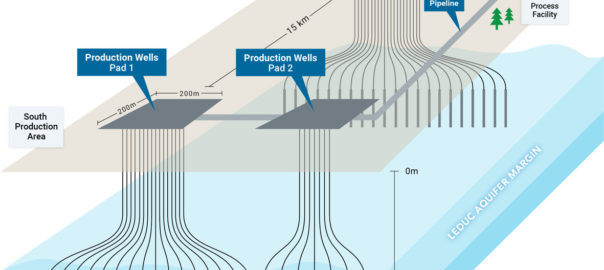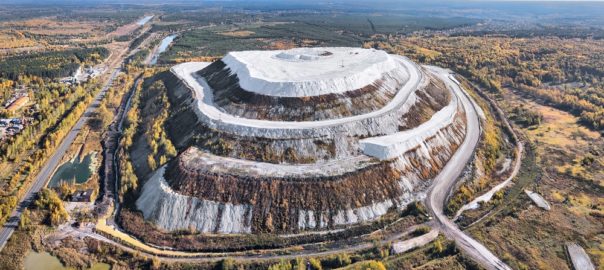Core Lithium Ltd says crushing of lithium ore from the Finniss lithium mine in the Northern Territory of Australia has recently commenced, with the direct shipping ore (DSO) now making its way from the operation to Darwin Port where it will be shipped towards the end of the month.
Last month, Core announced it completed the first sale of a spodumene DSO product (1.4% Li2O) from Finniss.
The 15,000 dry metric tonne DSO sale was tendered on a CIF basis to several pre-screened participants active in the lithium-ion battery supply chain.
Core CEO, Gareth Manderson, said: “The transportation of DSO today is another signification milestone for Finniss, and is a very positive step towards our objective to export from Darwin Port before the end of the year.”
CSI Mining Services, a subsidiary of Mineral Resources Ltd, is providing crushing services at the operation via a relocatable crushing and screening plant designed to achieve a production rate of 1.2 Mt/y.







